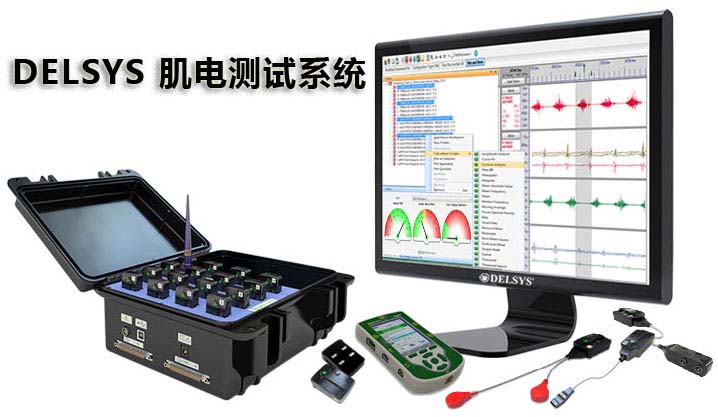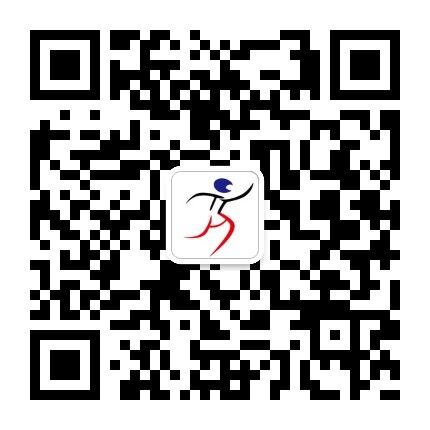Progress in the application of surface electromyography in sports
Surface electromyogram, also called dynamic electromyography, is the electrical change produced by muscle excitability. The surface obtained by using the surface electrode to guide, enlarge and record is computer-processed to be specific and sensitive to muscle function. Indicators used to evaluate neuromuscular function. The surface electrode can be placed directly on the surface of the skin. It is easy to use and can be used to test a wide range of EMG signals, and provides an objective indicator of safety, simplicity, non-invasiveness and painlessness. Surface electromyography is not only a useful diagnostic method for motor function, but also a better biofeedback treatment technique. In recent years, surface myoelectricity has been widely used, such as muscle strength assessment, prosthetic control, functional electrical stimulation signals, and judgment of muscle fatigue. Today, surface electromyography is an important research tool used in sports biomechanics research in the field of sports. Surface electromyography and electromyography The surface electromyogram is a one-dimensional time series pattern obtained by guiding, amplifying, displaying and recording the surface electrode from the corresponding skin surface of the moving muscle when the single or multiple skeletal muscle cells move. The sum of time and space of bioelectrical activity in many sports units is mainly the combined effect of superficial muscle EMG signals and nerve trunk power-up activities, which are processed by computer for quantitative analysis. Surface electromyography consists of surface electrodes, transmission leads, amplifiers, data storage cards, signal processors, and acquisition analysis software. EMG measurements include online instant measurements and offline wireless remote measurements using memory cards. Even if measured, EMG signal acquisition is synchronized with signal processing and screen display to facilitate adjustment of muscle contraction strength and movement mode; wireless remote measurement can be measured in various postures, postures and movements, regardless of environmental constraints, the signal will be collected first. Stored on a memory card and transferred to a computer for processing analysis. There are many factors affecting the surface EMG signal, mainly reflected in: the level of electromyography testing technology, including the test environmental conditions and technical specifications of the equipment used; in the test test procedure, skin preparation, electrode configuration, positioning and direction and muscle contraction In terms of signal description, the influencing factor is important for signal processing; at the same time, the physiological characteristics of the neuromuscular system should affect surface EMG measurements. Surface EMG processing The original surface EMG signal is a visual display of the unprocessed and superimposed motion unit action potentials, including the most basic information on myoelectric activity. It can be used to directly assess whether muscles are activated to participate in activities, the duration of muscle activity, the intensity of myoelectric activity, and the coordination pattern between muscles. The original electromyography was used to qualitatively analyze the time course and amplitude of myoelectric activity, and to determine the active and synergistic muscles of a certain action, the temporal characteristics of muscle activation, and the calculation of muscle activity response. The original EMG is the basis for quantitative analysis and calculation after rectification and smoothing. The original EMG is full-wave rectified to obtain a full-wave rectified electromyogram, which converts all negative potential amplitudes in the original EMG to positive potential amplitudes including as much information as the original EMG. Full-wave rectification EMG can be used to evaluate the myoelectric activity intensity and waveform changes of a muscle very intuitively. Further quantitative analysis and calculation of myoelectric activity is also based on full-wave rectification electromyography, such as integral electromyography. And amplitude calculation. During the myoelectric test, if the test action can be repeated, the repeated test is often used to obtain the average change of a certain variable, that is, the average mode. The averaging mode better reflects the realities of the various variables during exercise. By repeatedly collecting the electromyogram obtained by the same action, and then performing the average superposition of the EMG signals, the EMG signals that cannot be repeated can be weakened in the superposition, and the EMG signals with higher frequencies can be strengthened. In this way, the acquired myoelectric signal can be closer to the real myoelectric activity, and the interference or noise is reduced. After the full-wave rectified EMG signal is filtered and smoothed by a low-pass filter, a linear envelope electromyogram can be obtained. The linear envelope of the EMG signal tends to be consistent with the change of the electromyogram after rectification, which can well represent the change of the rectification electromyogram, which is the basis for the quantitative analysis and average calculation of the EMG amplitude parameters. Surface EMG related indicators and their analysis The analysis of surface EMG signals is mainly concentrated in the time domain and frequency domain. The purpose of signal analysis is to study the correlation between the temporal and frequency characteristics of surface EMG signals and muscle structure, as well as the state of muscle activity and functional status. To explore the possible causes of changes in surface EMG signals and to apply changes in surface EMG signals to effectively reflect muscle activity and function. With the deeper understanding of the nonlinear nature of neuromuscular systems, people began to use nonlinear mathematical methods to analyze EMG signals. The time domain analysis is to treat the myoelectric signal as a function of time. Some statistical characteristics of the EMG signal are obtained through analysis. The main indicators are: EMG integral value, EMG amplitude average, EMG amplitude mean square Root value, etc. Using time domain analysis, muscle strength can be inferred indirectly. But taking into account factors such as the length of the muscle, the form of the contraction. Time domain analysis has large variations and low credibility. The spectrum analysis method converts the time domain signal into a frequency domain signal by Fourier transform, and performs spectrum or power spectrum analysis on the signal, and commonly uses a fast Fourier transform (FFT). The main indicators are the median frequency, the mean frequency, the frequency range, the highest peak frequency, and the highest peak amplitude. Power spectrum analysis of surface EMG signals for the recruitment of motor units and muscle fatigue studies. When using Fourier transform to study signals, it is difficult to obtain signal information, so the use of traditional Fourier transform to analyze EMG signals in real time is limited. Wavelet analysis is an analytical method that combines the time domain and the frequency domain. It has a variable time domain and frequency domain analysis window. It is a reliable way to real-time processing of myoelectric signals. It is called a mathematical microscope. Wavelet transform can observe the changes of frequency and time at different scales for EMG signals under different functional states. Wavelet analysis can be used to study the myoelectric characteristics of the maximum autonomous isokinetic contraction to fatigue. The nonlinear dynamics analysis of myoelectricity is to extract the information of multidimensional dynamical systems from the one-dimensional EMG time series, such as correlation dimension and myoelectric complexity. Century Tianhong International Group is the general agent of Greater China in the Delsys Surface EMG Test System. Food Sweeteners ,Tapioca Maltodextrin,Additives Rhamnose,Maltodextrin Supplements Shanghai J.Shine Co.,Ltd , https://www.jshinechem.com


